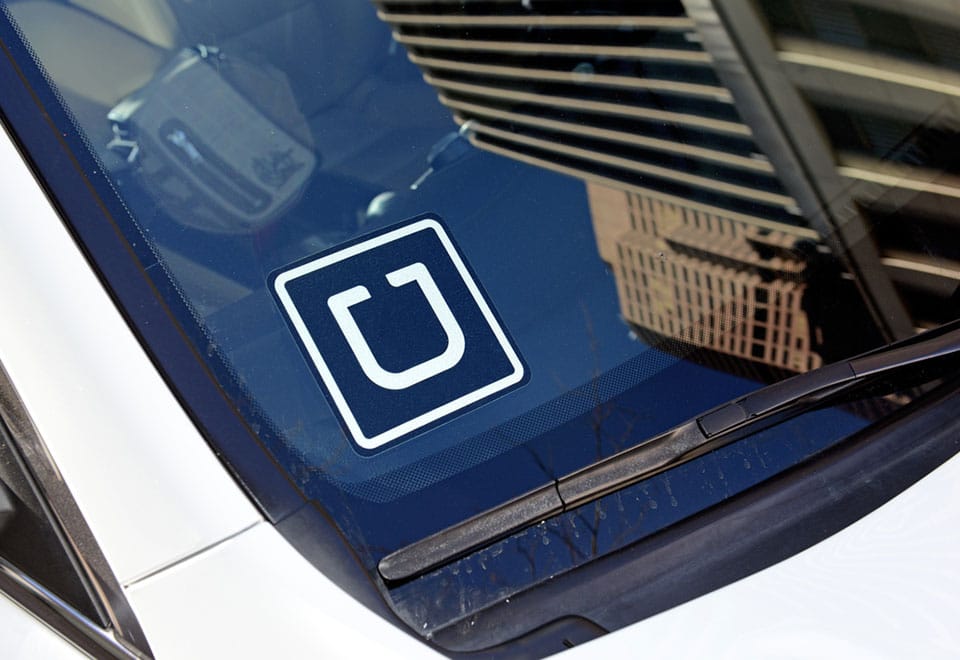An article published way back in 2015 by Tom Goodwin says the following in discussing “Aggregation Theory”:
“Uber, the world’s largest taxi company, owns no vehicles. Facebook, the world’s most popular media owner, creates no content. Alibaba, the most valuable retailer, has no inventory. And Airbnb, the world’s largest accommodation provider, owns no real estate. Something interesting is happening.”
Guest Post by Robin Baker
What is happening has come to be known as “Aggregation Theory” - that companies can rise to be among the most powerful in the world, not by producing any product of their own, but only by effectively connecting consumers with information about the product the consumer desires. And, those that are successful do so in the most frictionless way possible, providing easy access to relevant information at the time and place when and where the consumer needs it. They also make suppliers’ products easier to find, lowering costs and giving suppliers more control over what the consumer sees when looking for their products.
Now, how is the loyalty industry doing, viewed through the lens of Aggregation Theory? Not very well, in my opinion.
According to research by Colloquy, Americans hold 3.8 billion (that’s not a typo) loyalty program memberships. An average of 15 per adult. Think consumers know what their benefits are? For that matter, do you? I’m betting no in both cases, and I am doing so based on research showing that, in fact, 81% of loyalty program members do not know what their benefits are or when and how to get them.
Why shouldn’t I be able to look at running shoes on line, and painlessly find out that my health insurance company offers a discount? Why shouldn’t I be able to walk into a restaurant, and have my smartphone buzz and tell me that I am entitled to double points if I use a particular card in my wallet? And that I get a free glass of wine or entrée because of a social media site I frequent or a non-profit that I support? Why shouldn’t a ride hailing service or a geolocation app be telling me that I get 5% cash back at my destination if I use one of the other cards in my wallet this quarter?
So far, the industry is largely ignoring Aggregation Theory and not doing the above. As far as I can tell, players in the loyalty industry are generally going it alone, or with a few or a few kinds of partners, hoping consumers will remember the email that they received a month ago, or the bill that they received at the beginning of the month. Or, that consumers will look at, say, 5 or 6 or more apps to see what benefits the programs they belong to are offering, as they walk into a restaurant or store. Or, that the consumer is happy to look at one program’s app, and ignore all the other benefits he or she could be using.
Loyalty programs can talk a good game about delivering value to consumers, but in the end, talking will not win consumers in the internet age. Aggregation Theory is alive and well, and consumers will ultimately have the information they need. It is up to the industry to deliver it to them.
Bernard R. "Robin" Baker, III
President, UseMyBenefits.com
Direct: 561.650.0505
Cell: 561.308.6565
Email: rbaker@gunster.com
http://www.linkedin.com/in/bernardrobinbaker


